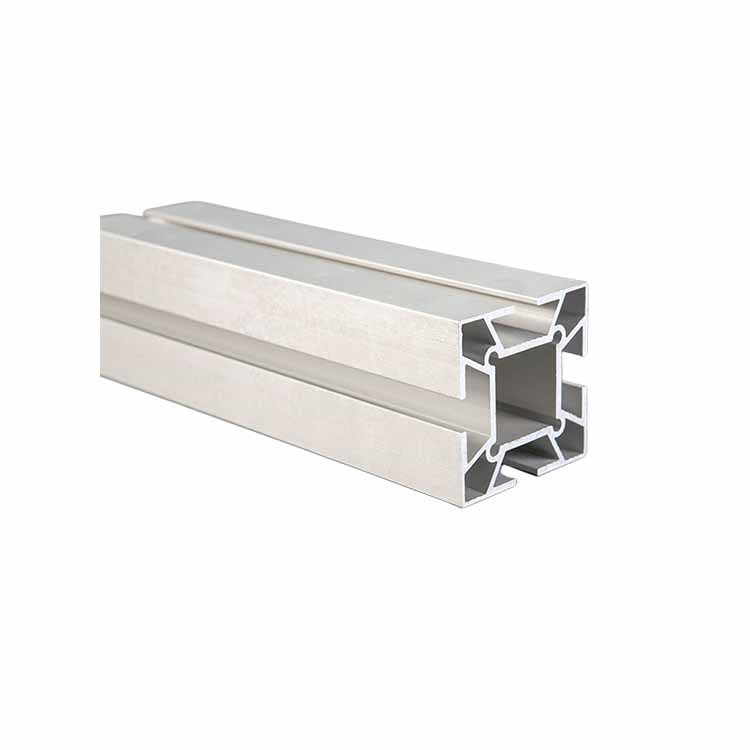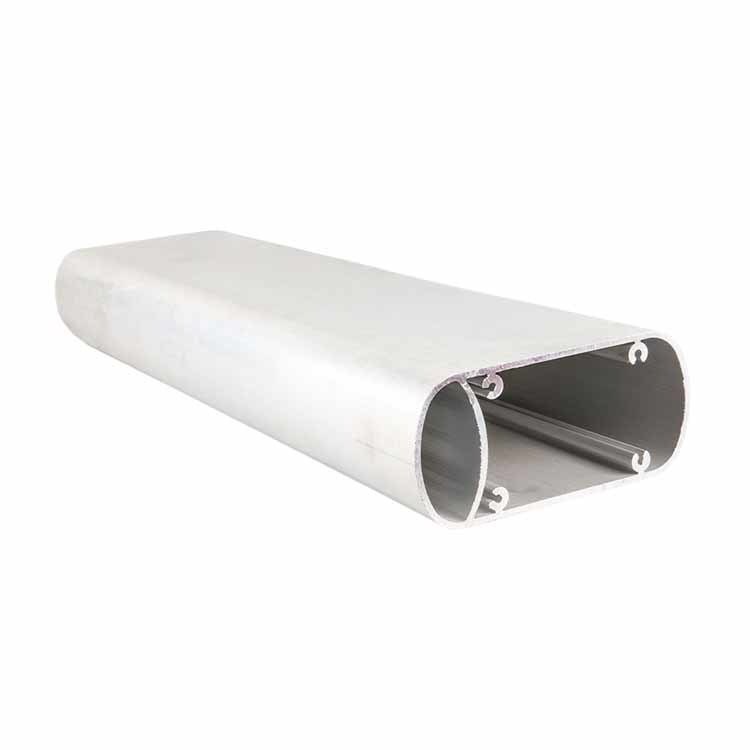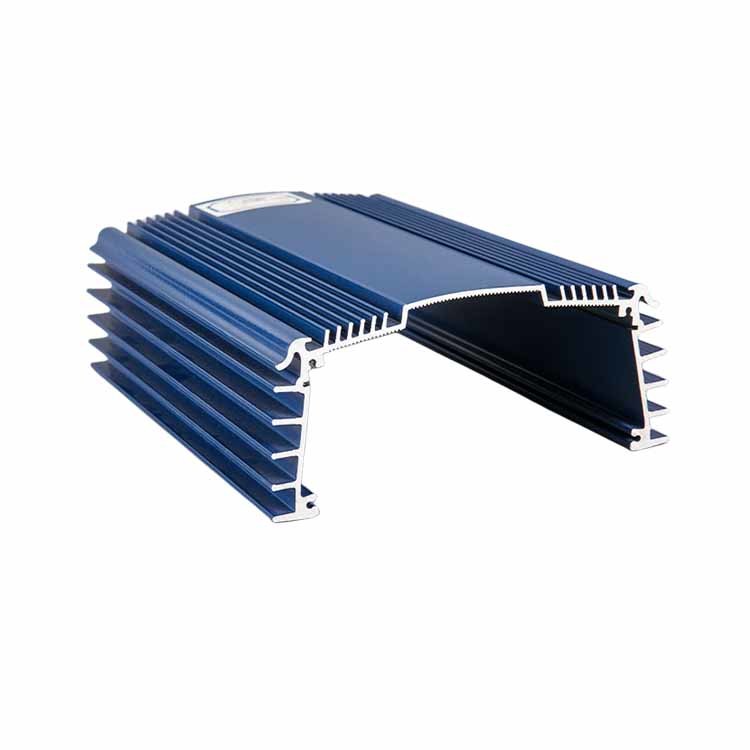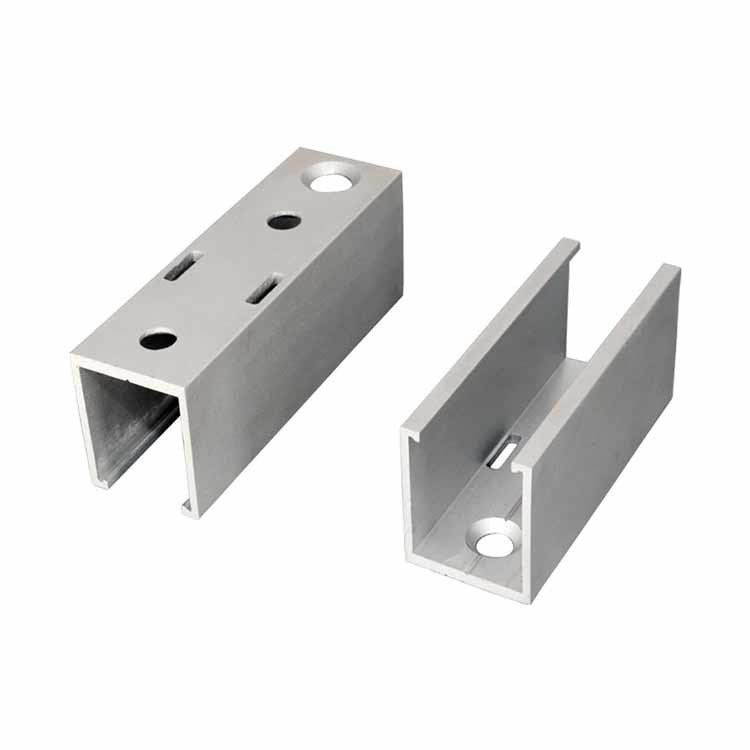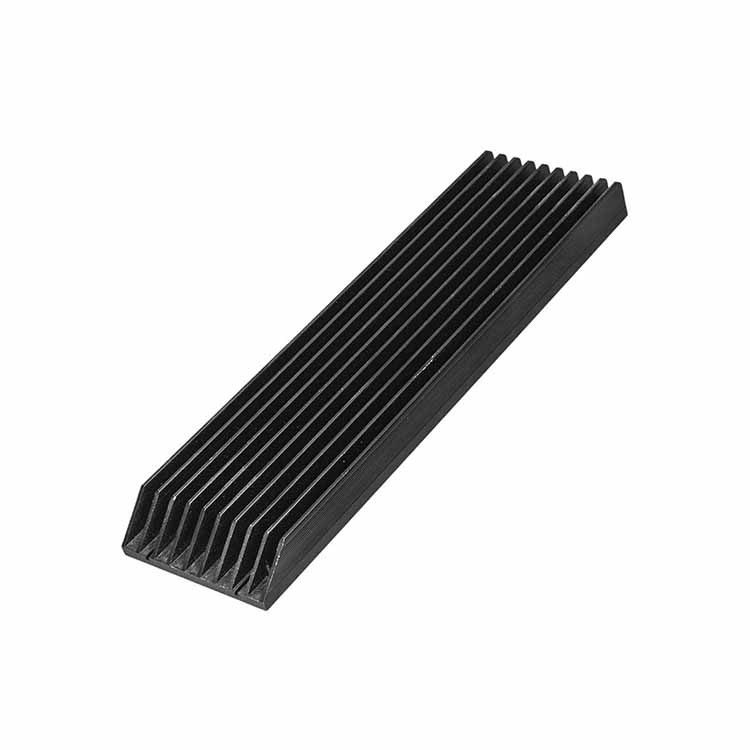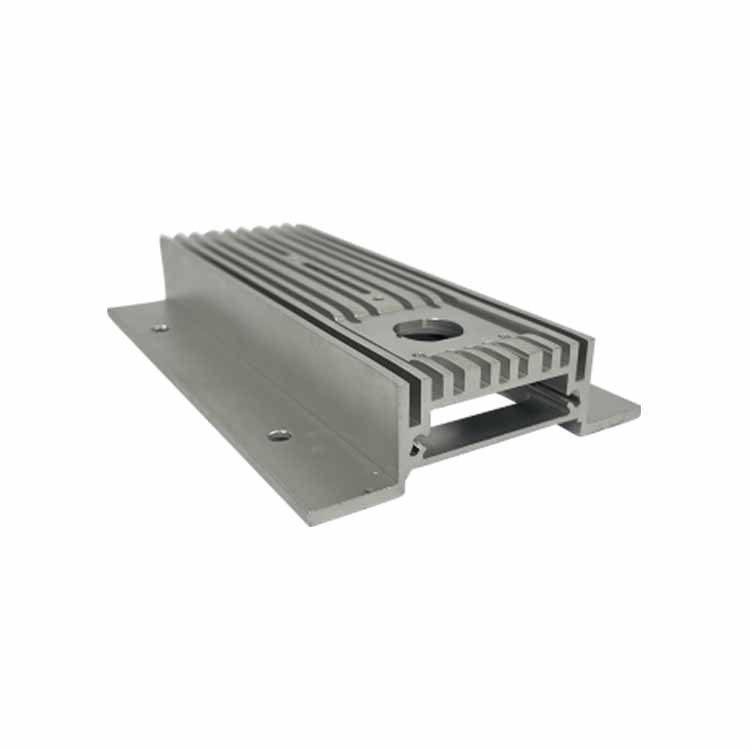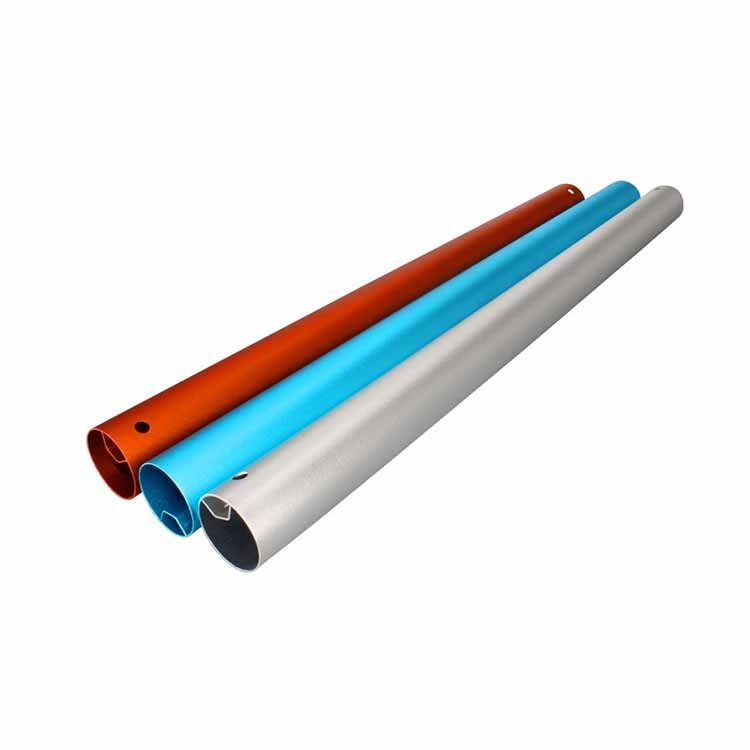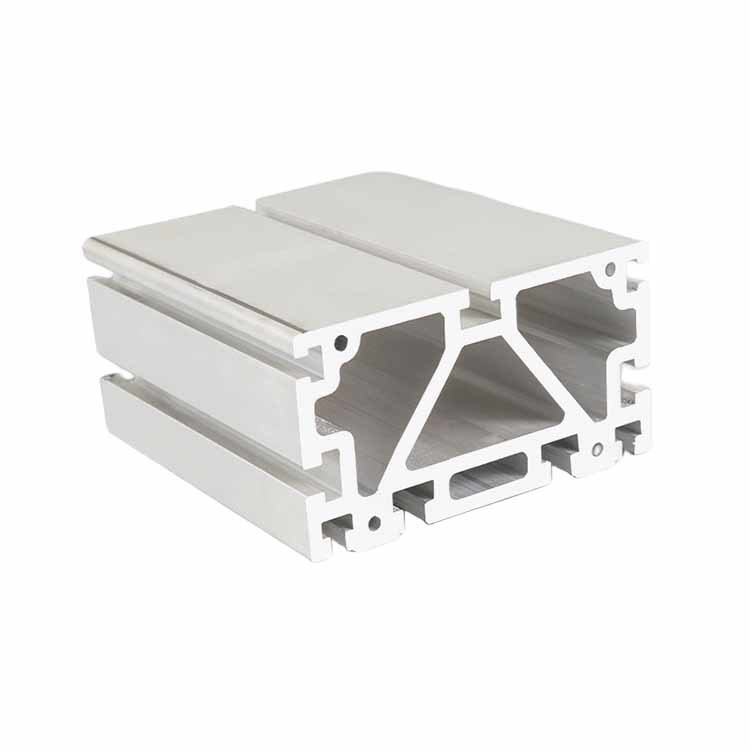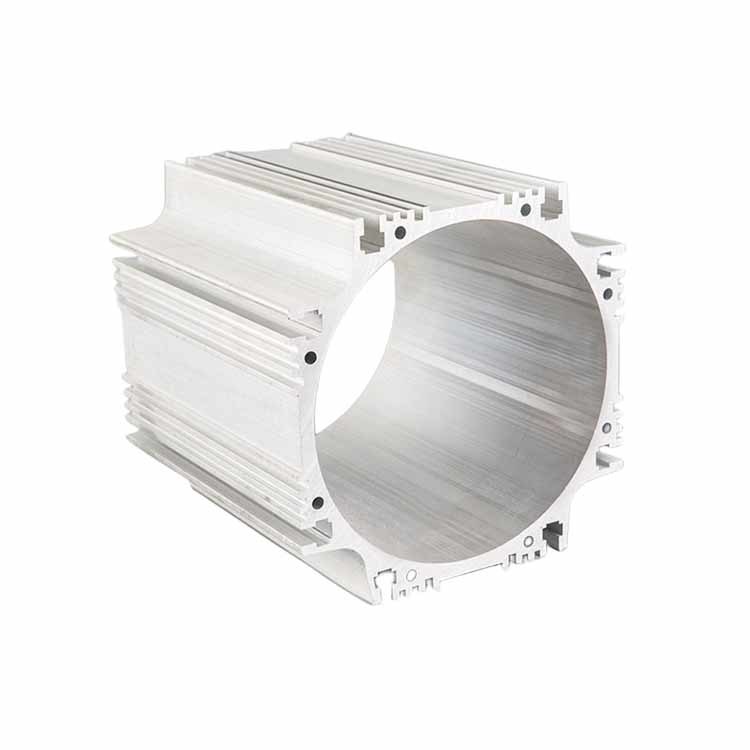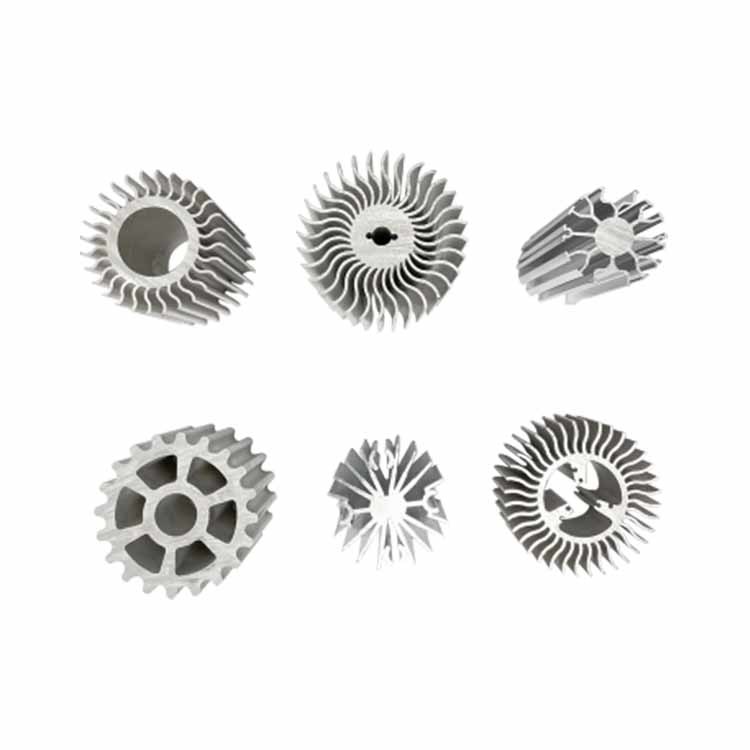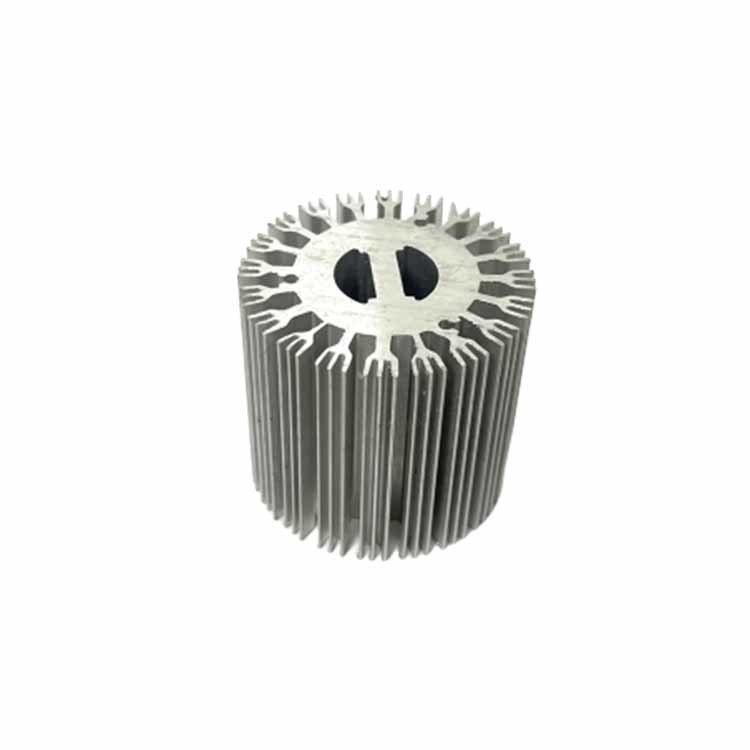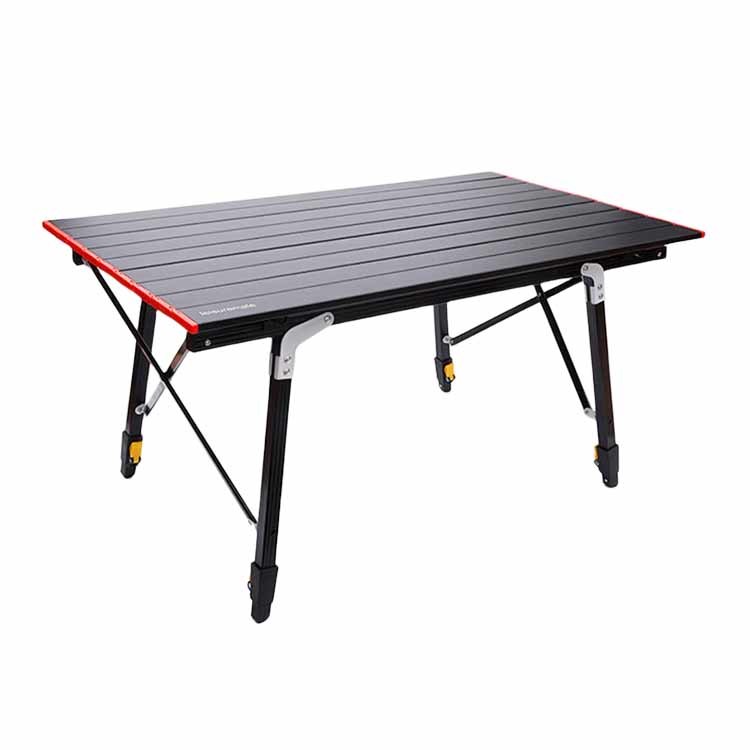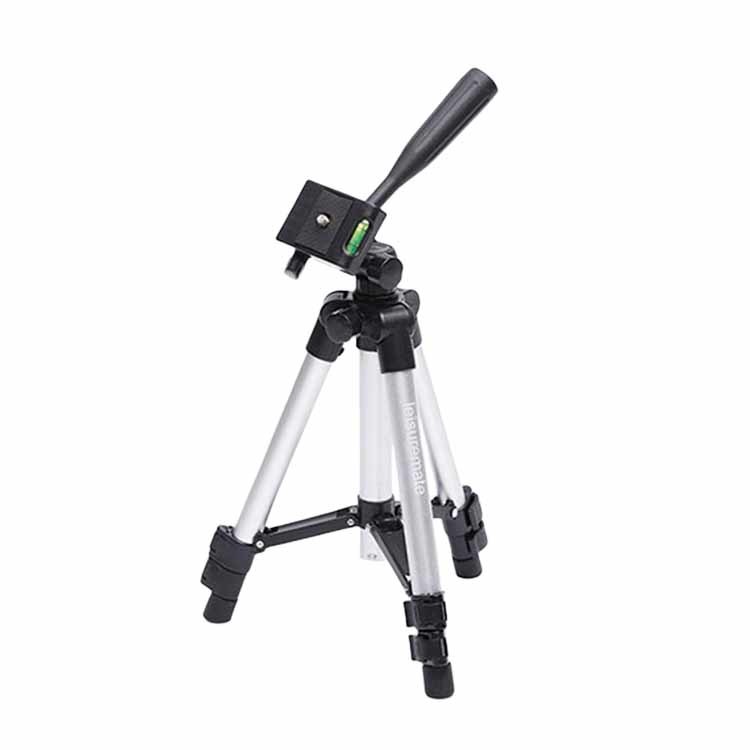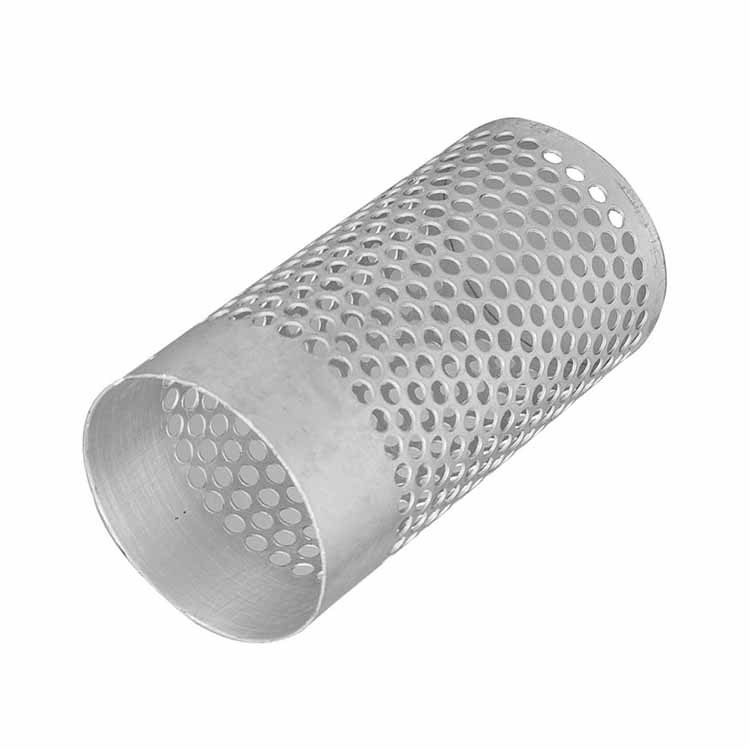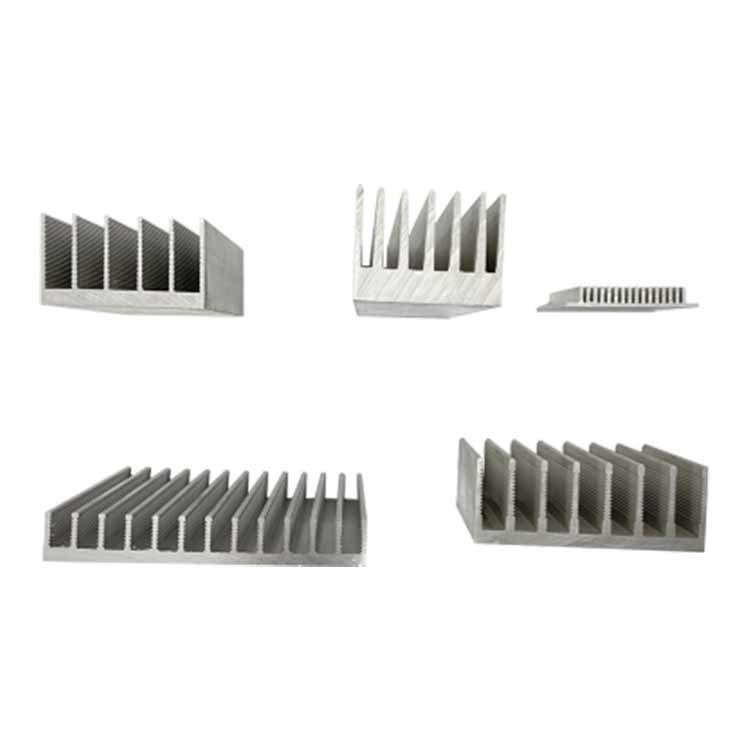
Ningbo Sunyer Machinery Co., Ltd.
METAL PRODUCTS

CATEGORY
ALUMINIUM EXTRUSTION
- The main characteristics of aluminum
The cross-sectional shapes of industrial aluminum profiles are diverse and have a wide range of applications. Other metal materials cannot achieve this effect. So how did it do it? First, let's take a look at the main characteristics of aluminum:
- Formability: aluminum has specific tensile strength, yield strength, ductility and corresponding work hardening rate, which determines the formability of aluminum.
- Recyclability: Aluminum has extremely high recyclability, and there is almost no difference between recycled aluminum and primary aluminum. The recycling cost is low, making it a very environmentally friendly material.
- Other characteristics: Aluminum is non-toxic and non-flammable.
- How are aluminum profiles formed?
- Firstly, it is aluminum rod casting: the aluminum ingot is heated and melted, and a certain amount of alloy elements (magnesium, silicon) are added, which are cast into round rods with different diameters by a casting machine.
- Aluminum profile extrusion: The aluminum rod is first heated to a certain temperature to reach the critical point of aluminum liquefaction, and then cut, hot sheared, and sent to an extruder for extrusion. The desired cross-sectional shape is extruded through a mold. Then, there are air cooling and water-cooling methods for quenching. The state of air cooling is T5, while the state of water cooling is T6.
- Processing treatment after extrusion of profiles: The traction machine leads out the profiles to the required length, which is cut by a hot cutting saw. The profiles are then moved to the straightening machine by a mobile cooling bed for straightening. (When the aluminum profile is first extruded, it is soft.) After straightening, use a fixed length saw to cut it, and install a transfer frame to enter the aging process.
- Artificial aging: Heating the material in an aging furnace to a certain temperature and holding it for 2-3 hours can significantly improve the mechanical properties, especially the hardness, of aluminum profiles.
- Surface treatment: Anodizing - The sulfuric acid solution is connected to the DC power supply anode for redox reaction, and a dense and porous oxide film is formed on the surface, which is then sealed. The aluminum profile will be more wear-resistant and corrosion-resistant. Electrostatic spraying - Utilizing the Faraday effect of electric current and electric field to evenly adsorb small particles of powder coating on the material surface. It plays a role in protecting aluminum profiles.
After surface treatment, aluminum profiles are more corrosion-resistant, wear-resistant, and have a significantly longer service life.


